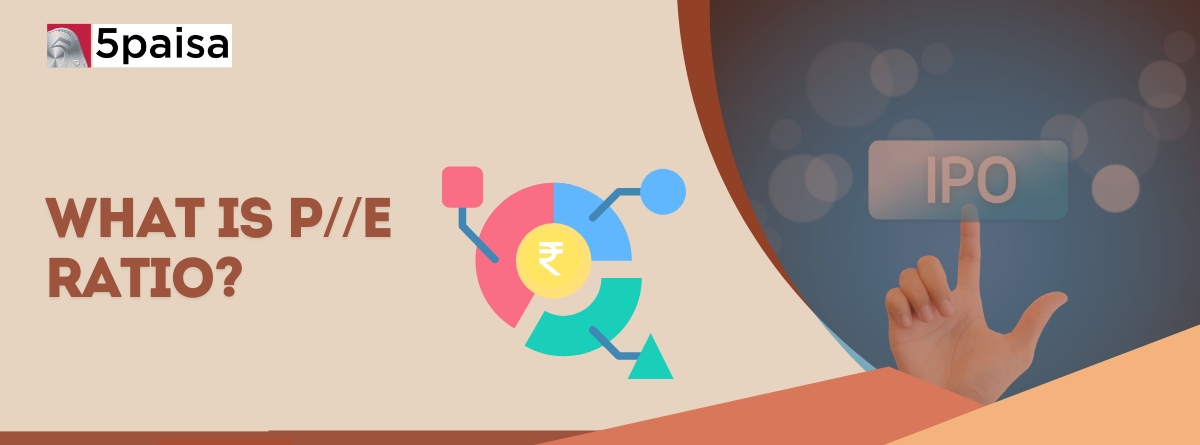Content
- Price-to-Earnings Ratio (P/E ratio) Definition & Meaning
- Exploring Key Types of PE Ratios Investors Should Know
- Fundamentals of PE Ratio
- How is P/E Ratio calculated?
- How to Calculate PE Ratio: Simple Formula
- Absolute vs. Relative PE: Which Offers Better Valuation Insight?
- Absolute vs. Relative PE: Which Offers Better Valuation Insight?
- How to determine the P/E Ratio?
- How to use P/E Ratios for Stock Market Investing?
- What is a Good P/E Ratio?
- Smart Ways to Use PE Ratio in Stock Analysis
- Why Do Investors Look at P/E Ratios?
- P/E Ratio vs Earnings Yield
- P/E Ratio vs PEG Ratio
- Wrapping Up
Price-to-Earnings Ratio (P/E ratio) Definition & Meaning
PE ratio stands for the price-earnings ratio. It is a valuation metric that provides investors with information about whether a company's shares are trading at an attractive price given their prospective earnings growth rate.
P/E ratio or price to earnings ratio is one of the most popular valuation tools. But what exactly is the PE ratio?
More Articles to Explore
- Difference between NSDL and CDSL
- Lowest brokerage charges in India for online trading
- How to find your demat account number using PAN card
- What are bonus shares and how do they work?
- How to transfer shares from one demat account to another?
- What is BO ID?
- Open demat account without a PAN card - a complete guide
- What are DP charges?
- What is DP ID in a demat account
- How to transfer money from demat account to bank account
Disclaimer: Investment in securities market are subject to market risks, read all the related documents carefully before investing. For detailed disclaimer please Click here.
Frequently Asked Questions
A good P/E ratio depends on the industry, but generally, 15–25 is considered fair. Lower values may indicate undervaluation, while very high ones could signal overpricing.
The P/E ratio shows how much investors are willing to pay for a company’s earnings. It helps gauge whether a stock is fairly valued, undervalued, or overvalued.
The P/E ratio is calculated by dividing a stock’s current market price by its earnings per share (EPS). Formula: P/E = Market Price ÷ EPS.
An unhealthy P/E ratio is either too high or negative. It may suggest overvaluation, poor future prospects, or financial instability, especially if earnings are falling or unpredictable.
A P/E ratio of 200 is extremely high and usually not ideal. It may reflect hype, overvaluation, or aggressive future expectations that may not materialise.



